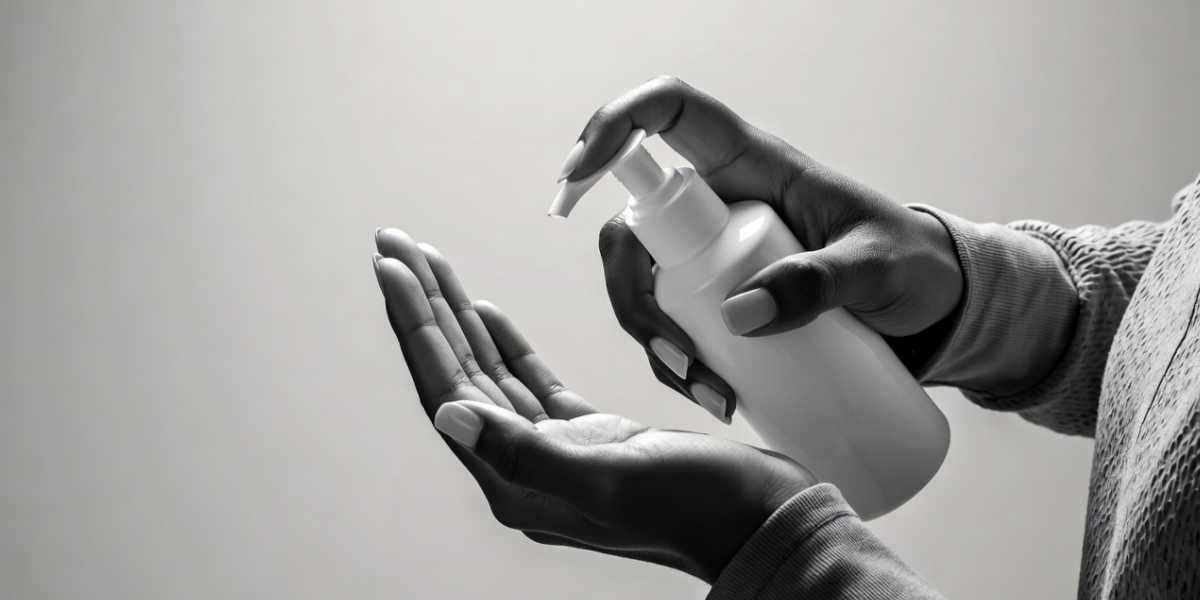An internal working group within ECHA had recommended flagging ethanol as a toxic substance that could increase cancer and pregnancy complication risks.
Published Oct 25, 2025 | 7:00 AM ⚊ Updated Oct 25, 2025 | 7:00 AM

Hand sanitiser.
Synopsis: The European Union is assessing and considering a potential ban on ethanol in hand sanitisers, pending a review of cancer risk associated with its use. The final decision will come from the European Commission, likely in late 2025 or early 2026.
The hand sanitiser sitting on your desk, the one you’ve pumped countless times since 2020, might soon face its biggest regulatory challenge yet. The European Union (EU) is asking a question that seems almost unthinkable after a pandemic that made these products ubiquitous: Could the ethanol in hand sanitisers pose cancer risks?
It started with a routine assessment. In March 2024, Greek authorities submitted a report to the European Chemicals Agency (ECHA) examining ethanol’s safety in disinfectants. What should have been a standard regulatory review has now spiralled into a debate that could reshape how Europe protects itself from infectious diseases.
The concern isn’t new, but the context is. Ethanol has long been classified as a Group 1 carcinogen by the International Agency for Research on Cancer — but here’s the twist: That classification is based on drinking alcohol, not rubbing it on your hands.
When you drink ethanol, your body converts it to acetaldehyde, a compound that damages DNA and increases cancer risk. But does the same apply when ethanol evaporates from your skin in seconds?
The review carries a dark irony. During Covid-19 lockdowns in India, when alcohol shops shuttered, desperate people turned to hand sanitisers as a substitute for drinking alcohol. Many suffered severe harm, even death, from consuming products designed only for external use.
Now, the very substance that helped the world stay safe during the pandemic is under scrutiny for potentially causing harm — though in an entirely different way.
Here’s where it gets complicated. The World Health Organisation (WHO) still considers ethanol safe for hand hygiene. Studies, including comprehensive PubMed reviews, have found no strong evidence linking topical application of ethanol to skin cancer or systemic harm. The reason? Ethanol evaporates almost instantly, meaning minimal absorption through the skin.
So why the concern? On 10 October 2025, an internal working group within ECHA recommended flagging ethanol as a toxic substance that could increase cancer and pregnancy complication risks.
In September 2024, the agency’s Working Groups had concluded that ethanol “may be considered” carcinogenic and reprotoxic in categories 1A or 1B — the most serious classifications.
The keyword: “may.” This is a precautionary regulation, not a proven danger.
The Biocidal Products Committee meeting from 25 November to 27 November will discuss the draft opinion. If they conclude ethanol meets the exclusion criteria, it would become a “candidate for substitution”— regulatory speak for “find something else”.
But here’s the catch: Even if classified as dangerous, ethanol could still be approved if deemed safe at expected exposure levels. It’s a nuanced position that reflects the reality of modern regulation — absolute safety is impossible, so risk must be weighed against benefit.
To prepare for potential restrictions, ECHA held a public consultation from 25 February to 30 April 2025, asking: What could replace ethanol?
The answers will help shape whether hospitals, restaurants, and households across Europe need to find alternatives to a substance humans have used for hygiene for over a century.
This isn’t just about hand sanitisers. Ethanol is used in three critical biocidal product categories:
European Commissioner Várhelyi has promised the Commission “will do its utmost to duly consider all relevant aspects,” including the socioeconomic impact. Translation: They know restricting ethanol could create chaos in healthcare and food safety.
Member States will ultimately decide whether to authorise biocidal products containing ethanol, and they’re explicitly allowed to consider practical factors like “availability of disinfectants”. No one wants to be the bureaucrat who created a disinfectant shortage.
The ethanol review exposes a fundamental tension in modern regulation: How do you balance theoretical risks against proven benefits? How much caution is too much when the precautionary principle meets public health reality?
The final decision will come from the European Commission, likely in late 2025 or early 2026. Until then, healthcare facilities, manufacturers, and public health officials are watching closely, preparing for a future that might look very different from the sanitiser-soaked world we’ve grown accustomed to.
Perhaps the strangest part of this story is its timing. After a pandemic that killed millions and made hand hygiene a matter of survival, we’re now questioning whether the tools that helped us survive might themselves pose risks. It’s a reminder that in public health, as in life, nothing is ever simple — and yesterday’s solution can become tomorrow’s problem.
(Edited by Muhammed Fazil.)
